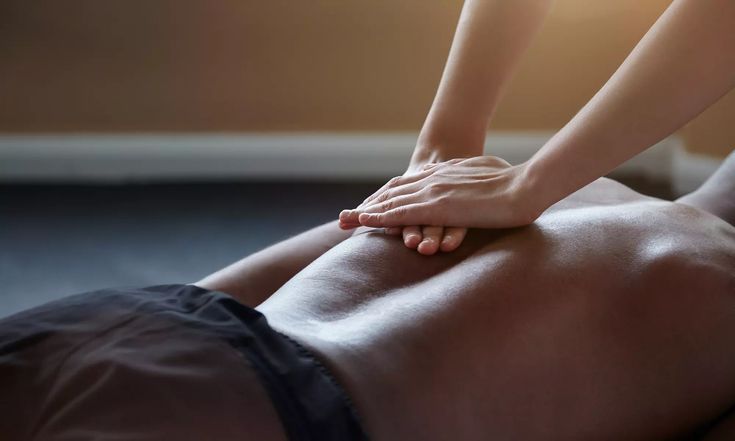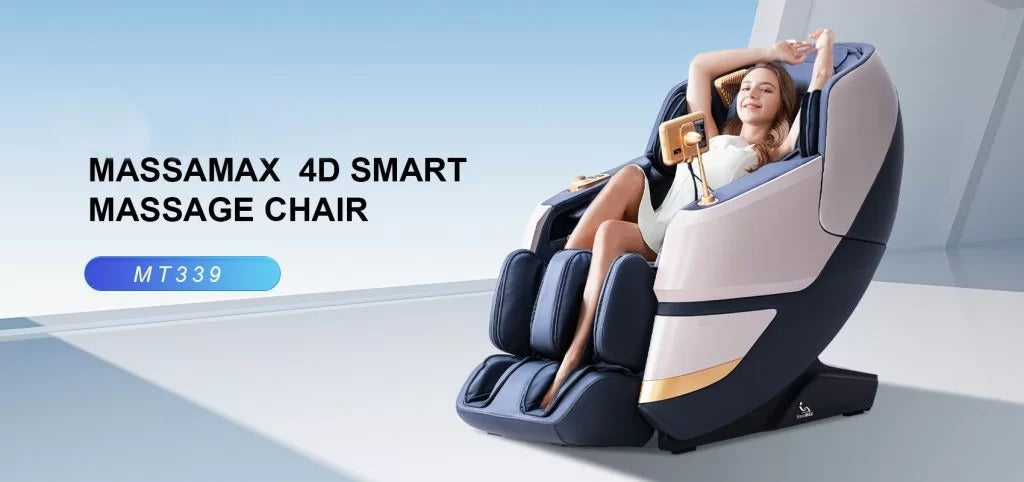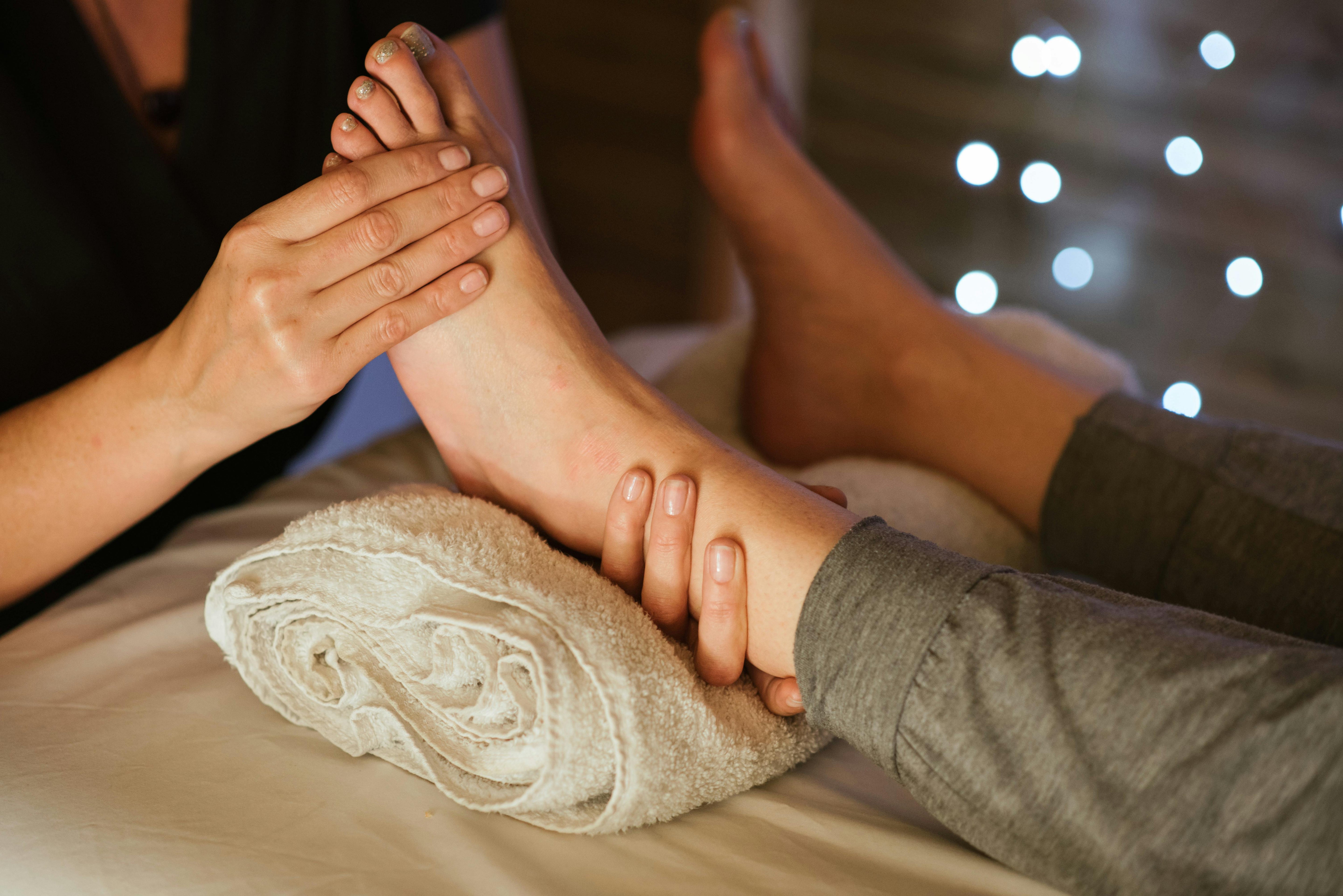In exercise science, “Passive Exercise” is defined as body movements driven by external force without active muscle contraction. Common examples include:
Continuous Passive Motion (CPM) machines used in rehabilitation
Therapists guiding limb movements in clinical care
Massage similarly uses external pressure, stretching, and rolling to passively mobilize muscles, fascia, and joints. Therefore, massage is not merely relaxation—it is a scientifically recognized form of passive exercise.
Scientific Benefits of Massage as Passive Exercise
Improves Circulation
Research from Emory University (2015, Winship Cancer Institute) shows that regular massage significantly enhances blood and lymphatic circulation.
Harvard Men’s Health Watch (2019) reported that improved blood flow after massage can last up to 72 hours.
Reduces Inflammation
Harvard Wyss Institute (2021, Science Translational Medicine) demonstrated that massage-like mechanical stimulation reduces inflammatory cell infiltration and accelerates muscle repair.
McMaster University research (2012) confirmed that massage reduces inflammatory factors and supports mitochondrial function.
Enhances Neuromuscular Feedback
A randomized controlled trial by Dr. Mark Rapaport at Emory University (2010, Depression and Anxiety) showed that massage improves anxiety and enhances neuromuscular perception.
Helps Delay Muscle Loss
NIH and NIA clinical reviews (2010s–2020s) highlight massage and passive exercise as effective non-pharmacological interventions to delay sarcopenia and functional decline in older adults.
Logical Chain:
Massage = Passive Exercise → Circulation ↑ → Nutrient Supply ↑ → Inflammation ↓ → Neuromuscular Feedback ↑ → Vitality ↑ → Delayed Muscle Loss
International Research Evidence
Harvard University, 🇺🇸USA (2021)
Mechanical compression reduces inflammation, accelerates muscle fiber regeneration, and promotes stronger recovery in preclinical models; Harvard Health Publishing notes massage alleviates pain and stress, with improved blood flow lasting up to 72 hours.
Emory University, 🇺🇸USA (2010–2015)
Swedish massage reduces cancer-related fatigue in breast cancer survivors and improves quality of life; massage significantly improves anxiety and depressive symptoms in patients with Generalized Anxiety Disorder (GAD).
McMaster University, 🇨🇦 Canada (2012)
Massage downregulates inflammatory pathways and upregulates genes linked to mitochondrial biogenesis, supporting muscle health at the cellular level.
NIH / NIA, 🇺🇸USA (2010s–2020s)
Massage and passive exercise are recognized as important non-pharmacological interventions to improve pain, sleep, anxiety, and delay muscle loss in aging populations.




Leave a comment
This site is protected by hCaptcha and the hCaptcha Privacy Policy and Terms of Service apply.